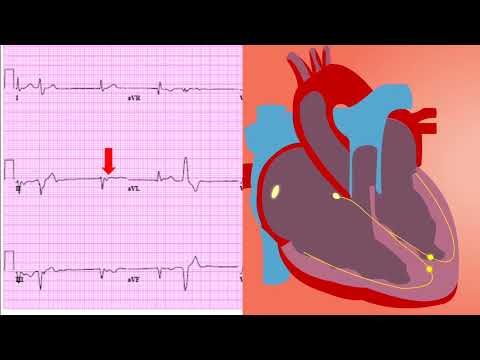🎬 Video Summary
Discover the key signs and symptoms of angioedema in this informative video. Learn about the common causes of this allergic reaction, which often manifests as swelling in the eyes or lips. Gain valuable insights into effective angioedema treatment options to manage and alleviate symptoms.
🧠Teaching Pearls
- 💡 Understand the common triggers that can lead to angioedema, such as allergens or medications.
- 💡 Recognize the distinctive signs of angioedema, including swelling of the face, lips, tongue, or throat.
- 💡 Differentiate between angioedema and other similar allergic reactions for accurate diagnosis.
- 💡 Learn about the various treatment options available for angioedema, including antihistamines, corticosteroids, and epinephrine.
- 💡 Know when to seek immediate medical attention for angioedema, particularly if breathing is affected.
❓ Frequently Asked Questions
Q: What is the most common cause of angioedema?
A: Angioedema can be triggered by allergies, medications (like ACE inhibitors), or sometimes can be hereditary or idiopathic (unknown cause).
Q: How quickly does angioedema develop?
A: Angioedema can develop rapidly, often within minutes to hours, depending on the trigger and individual sensitivity.
Q: Is angioedema life-threatening?
A: Yes, angioedema can be life-threatening if it affects the airway, causing difficulty breathing. Seek immediate medical attention if you experience throat swelling or trouble breathing.
Q: What are the first steps to take if I suspect I have angioedema?
A: The first steps include identifying any potential triggers, taking an antihistamine (if appropriate), and seeking medical attention, especially if you have difficulty breathing or swallowing.
Q: Can angioedema go away on its own?
A: Mild cases of angioedema might resolve on their own, but it’s essential to monitor symptoms and seek medical advice to prevent complications.
Q: Are there long-term complications associated with angioedema?
A: While most episodes resolve with treatment, recurrent angioedema can impact quality of life. In rare cases, chronic angioedema may require ongoing management.
🧠 Key Takeaways
- 💡 Angioedema is a condition characterized by swelling in the deeper layers of the skin, often affecting the face, lips, tongue, or throat.
- 💡 Common causes include allergic reactions, medications (such as ACE inhibitors), and hereditary factors.
- 💡 Treatment options range from antihistamines and corticosteroids to epinephrine, depending on the severity and cause of the reaction.
- 💡 Recognizing the symptoms early and seeking prompt medical attention is crucial to prevent life-threatening complications.
🔍 SEO Keywords
Angioedema, allergic reaction, swelling, antihistamines, ACE inhibitors, hereditary angioedema, angioedema treatment.
“`

